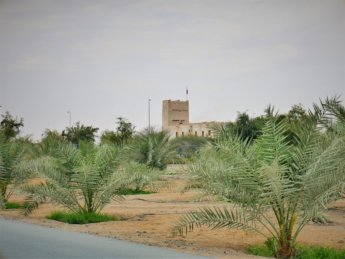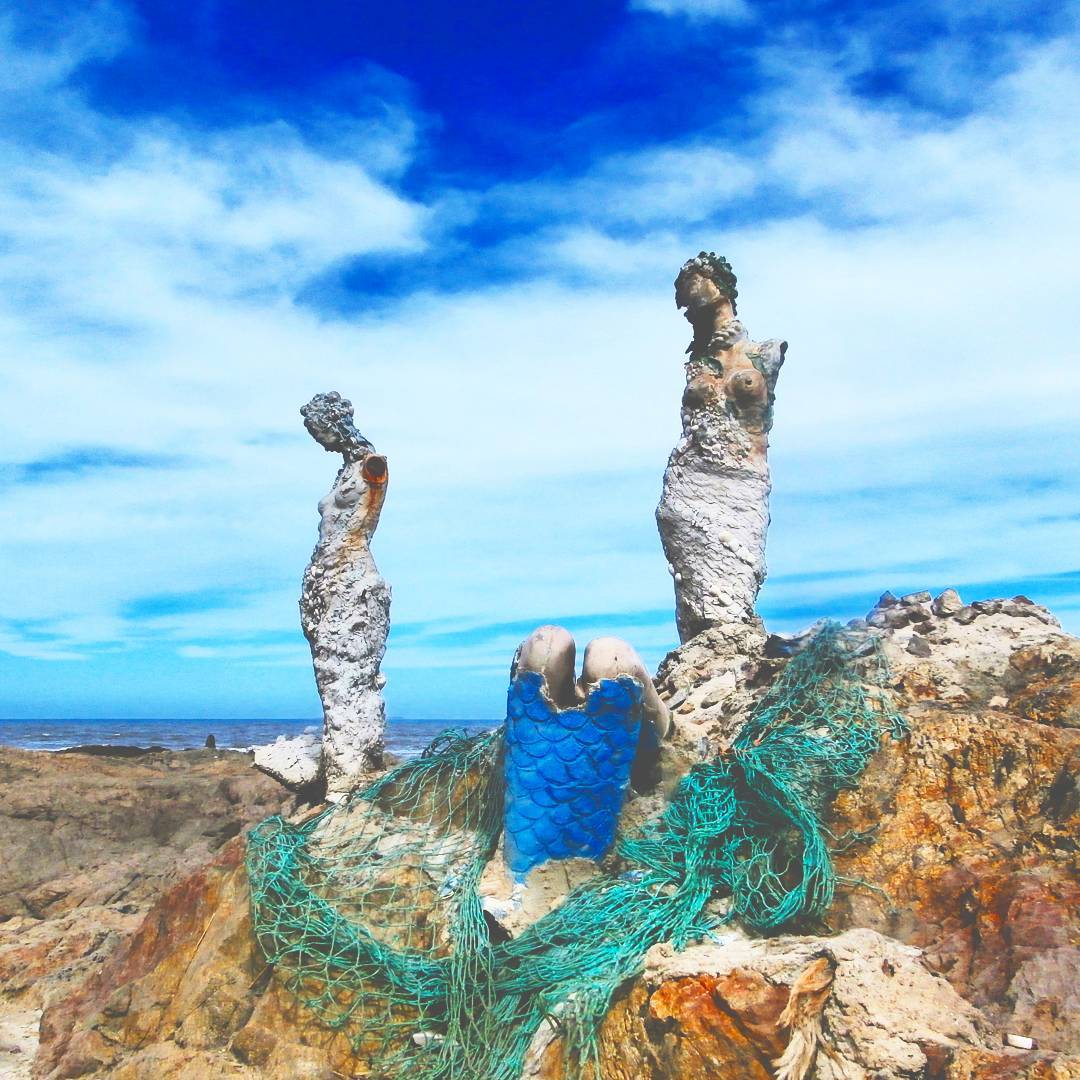
Ever considered going kitesurfing in South America? If not, it’s time to reconsider! Many South American countries are full of river dams. Where there’s a dam, there’s an artificial lake. Where there’s an artificial lake, there’s oftentimes real strong winds.
Many of these kitesurfing lakes are rather obscure for the kite community, yet are famous locally for their reliable, strong winds and tiny waves. Watch out, some of these locations aren’t for beginners. All of them do have schools that offer classes but ask yourself if you want to tackle these beasts when just starting out. Perhaps you’ll be sitting around with your trainer kite all day.
In all three cases, the original towns of Darién, Gualliguaica, and Rodeo had to be moved physically to make space for the water. Not all locals are too happy about that, but the new water sports economy makes up for it. However obscure these places were before, they’re becoming sort of famous now. If you’re not into aquatic sports, don’t worry, there’s still plenty of other reasons to travel to South America.
Embalse del Calima, Darién, Colombia

As one of the biggest artificial lakes of the Americas in one of the cheaper countries to travel to, Calima should top your list. It’s here since the sixties and mostly functions as a hydroelectric dam, with the nice side effect of being great for recreational activities. I hitchhiked with one of the plant’s engineers who guaranteed me there will never be a power outage on his watch. Therefore it’s also a good place to be a Digital Nomad from.
The entire area is full of vacation homes; from campings to cabins, hostels, and hotels. The nearby town of Darién is the main hub for shopping, ATMs, and public transportation. The main kiting area is in the northwest area, some 12 kilometers from town. The area is full of (mainly fish) restaurants, bars, and cafés.
There are two kitesurfing schools, one named “Pescao” and the other “Calima“, which offer equipment rentals and sales, classes by certified teachers, and accommodation. On the weekends it can get quite busy, so check availability in advance. You can also go windsurfing here. If you feel like doing something different, head to the Entrada Playa 5 close to Darién; here you can rent jet skis, ride a horse and pitch a tent for free.
The best time for great wind conditions is from January till May and waves are from none to small height. Wind directions can be side-shore or offshore. To get to Lake Calima, go to Colombia via Bogotá or Medellín, bus or fly to Cali or Buga and then hop on a bus (or hitchhike) to Darién. From there you can go to one of the “kite resorts” or find your own transport/accommodation. At the moment, there’s one listing on KiteBnB in the area.
Embalse Puclaro, Gualliguaica, Chile

Set in the most surreal desert environment, you’ll encounter this lake between the busy city of La Serena and the serene valley of Pisco Elqui. The main road passes on the south side, but to surf, you’ll need to go around the lake on the east side to Gualliguaica. From town looking south you’ll see a shiny building atop a hill; the Tololo astronomical observatory.
The lake is only there since 1999 and its main function is to collect drinkable water for the dry-ass city of La Serena and irrigation for the Elqui Valley – famed for its production of the alcoholic pisco. This is why the lake water itself is drinkable, and motorsports on the lake are prohibited to guarantee its purity. Please don’t release your bladder into the lake.
The nearest ATMs are in Vicuña 18 kilometers to the east and La Serena 47 kilometers to the west. Gualliguaica has one hotel, one listing on KiteBnB, plenty of shops, and some eateries for simple meals. It’s very normal to camp on the lakeshore in a sturdy, wind-resistant tent along with the Chileans (who love freecamping, beach barbeque, and melon con vino). Many people from La Serena head here on the weekend, so claim a shady spot or secure a room.
Every day, a couple of vans from which local kiters rent equipment drive to the beach and set up shop. They also teach (private or small group) classes if you ask them for the price. It all looks a little sporadic, basic, and improvised, but their system works. Perhaps there will be a more permanent solution in the future, but as of January 2017, it was basically a hippie camp. Other activities besides camping and partying with chatty Chileans till sunrise are hiking and visiting the magical Valle de Elqui and the observatories.
The lake levels are variable and can be influenced by El Niño weather conditions. Check before you go what the water level situation is. The best months to go are from January till May. Gualliguaica receives a strong side-shore wind. Waves are from nonexistent to choppy.
La Serena is 500 kilometers north of Santiago de Chile. There are (comfy) long-distance buses to cover the distance and domestic flights. From La Serena, it’s a short ride to the lake, but you might be dropped at the crossing to Gualliguaica. From there one can almost walk, but definitely hitch a ride to town. Chances are you’ll ride with fellow kite enthusiasts. To visit from Rodeo in Argentina (see next on the list), it will take two full travel days.
Embalse Cuesta del Viento, Rodeo, Argentina

Across the Andes from the Embalse Puclaro in Chile, you’ll find another artificial lake renowned for its hardcore winds. The town of Rodeo feels like walking onto a Spaghetti Western movie set: tumbleweed, dust, and the eerie sense that life is finite. This place is for the courageous kiters and no one else.
The lake was made with the purpose to provide electricity to and irrigate the crops of San Juan province. Finished in 1997, it’s been filling up with glacial waters from the Andes. One Canadian gold mining company might have contaminated the lake with cyanide. At the moment they’re not sure if or how much damage has been done – or if the quantities are harmful to humans. In other bad news: lake levels also depend on the growth of the glaciers in winter. The retreat of glaciers in the Andes means the levels have been dropping over the past years. Also, again: El Niño affects the lake.
The development of the area as a tourist destination has been rapid and perhaps a little chaotic. While Rodeo is the only place with WiFi and ATMs, it’s not reliable as of January 2017. One power outage occurred during my visit. The actual kiting area is in a neighboring town called Colola. Walking between the two towns will take fucking ages, but has to be done in order to obtain food and other supplies. The most common thing the kiters do is car sharing or hitchhiking between the two towns. Even having a bicycle would help heaps.
While you might wonder why I’m still discussing this forsaken lake, there’s one indisputable fact: It is the top wind and kitesurfing location of the continent, and possibly the world. The lake has hosted championships in both sports. The winds will never disappoint. They never really stop but pick up in the afternoon. All this with the amazing backdrop of the high Andes mountains and its receding glaciers to the west. Hands down, it will be the most spectacular place you’ll ever kite.
The winds are mostly side-shore and onshore and the waves can get quite bumpy and jumpy. People tend to surf with smaller kites as the winds are so strong. Rancho Lamaral is a comfy hostel that provides equipment and classes on its own beach on the south side of the river that feeds the lake. Other places that organize food, equipment and or classes are Fincas del Lago, Ze Pequeño and Cuesta del Viento kite school. Kitefest Argentina also takes place here, usually in February. Dates for 2018 are yet to be announced.
Other activities in and around Rodeo and San Juan province are mountain biking, horse riding, rafting, hiking and visiting the occasional vineyard. Pack for cold weather, too.
To get to Rodeo one can cross the Agua Negra Pass from La Serena which crosses at 4.780 meters above sea level. It’s only open from December till April. They plan to build a tunnel that will be open year-round, but alas! progress is slow. It’s a spectacular way to visit both Chile’s Puclaro lake and Argentina’s Cuesta del Viento if have the determination.
More reasonable perhaps is to fly or bus from Buenos Aires to San Juan, then bus on to San José de Jáchal. From there you can find a bus to Rodeo and from Rodeo you can hitchhike to kiting paradise Colola. Hitchhiking in this part of Argentina is rather tough, but if you know what you’re doing you’ll make it just fine.
Packing list:
Besides the regular kitesurfing things to pack, there are a few location-specific things that might come in handy. Be aware that you can also rent (basic) gear on location.
- Kiting goggles with UV protection for Chile and Argentina; these two lakes are in rather dusty surroundings so protect your eyes! The heavy UV filter is also no luxury, as the ozone layer is thinner in these regions. These attach really well to your face, but if you lose them, they float!
- Full finger or half finger wetsuit gloves for Argentina and possibly Chile. Rodeo’s winds have been cooled by the mountains. If you want to have your hands snuggly warm in these climates consider kiting with gloves. Plus, they prevent blisters! More info about preventing frozen fingers here.
- A good pair of tall boots for those easily affected by the cold will also extend your boarding time. There are good options out there with round toes/split toes, whichever you prefer.
- For the same reasons, it might be a good idea to invest in a hood or a beanie for cold gusts.
Not convinced? Get inspired with these videos:
Argentina: Kitesurf en Cuesta del Viento, San Juan
Chile: Kitesurf Puclaro Chile
Colombia: Pre-Schizophrenic Week Kitesurfing Lago Calima
Curious for kitesurfing South America? Pin these! 😀

































Do × know anything about “Hotel Puclaro” near Vicuna Chile?
Nope, I was freecamping 🙂
What about BRAZIL? There are so many spots here! Cumbuco, in Ceara is the most popular.
We have amazing beaches with hot water and beautiful people and good winds.
Some kitesurf spots in BRAZIL:
Cumbuco
Icarai de Amontada
Lagoa Taíba
Ilha do Guajirú
Preá
Jericoacoara
Barra Grande
Atins
São Miguel do Gostoso
Arubinha
And so many others. Come here! ❤️